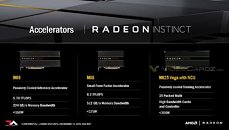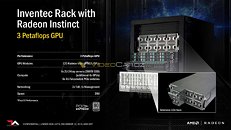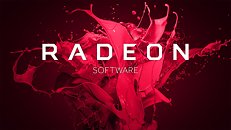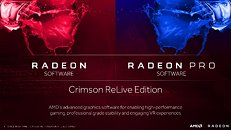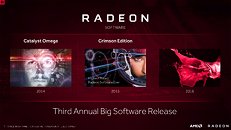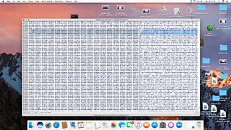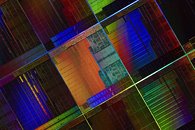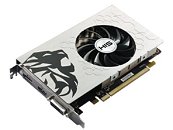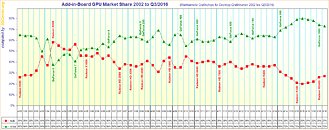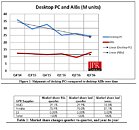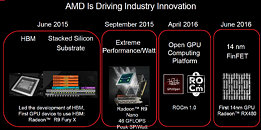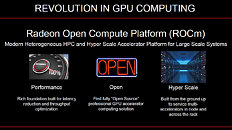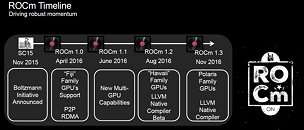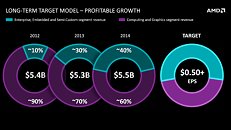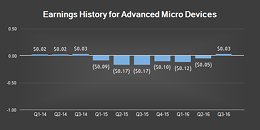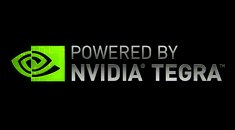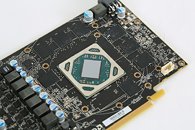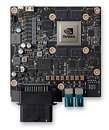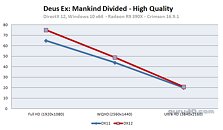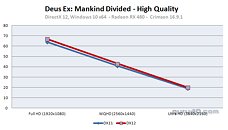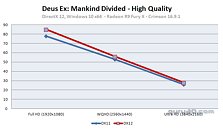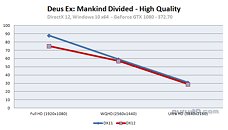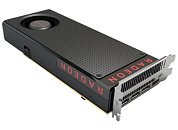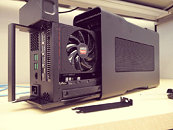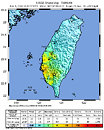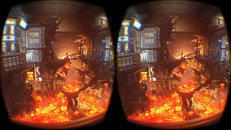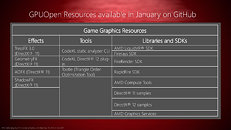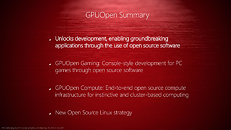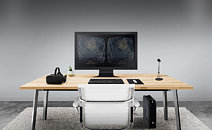
AMD's VEGA Alive and Well - Announced MI25 VEGA as Deep Learning Accelerator
The team at Videocardz has published a story with some interesting slides regarding AMD's push towards the highly-lucrative deep learning market with their INSTINCT line-up of graphics cards - and VEGA being announced as a full-fledged solution means we are perhaps (hopefully) closer to seeing a solution based on it for the consumer market as well.
Alongside the VEGA-based MI25, AMD also announced the MI6 (5.7 TFLOPS in FP32 operations, with 224 GB/s of memory bandwidth and <150 W of board power), looking suspiciously like a Polaris 10 card in disguise; and the MI8 (which appropriately delivers 8.2 TFLOPS in FP32 computations, as well as 512 GB/s memory bandwidth and <175 W typical board power), with the memory bandwidth numbers being the most telling, and putting the MI8 closely along a Fiji architecture-based solution.
Alongside the VEGA-based MI25, AMD also announced the MI6 (5.7 TFLOPS in FP32 operations, with 224 GB/s of memory bandwidth and <150 W of board power), looking suspiciously like a Polaris 10 card in disguise; and the MI8 (which appropriately delivers 8.2 TFLOPS in FP32 computations, as well as 512 GB/s memory bandwidth and <175 W typical board power), with the memory bandwidth numbers being the most telling, and putting the MI8 closely along a Fiji architecture-based solution.
